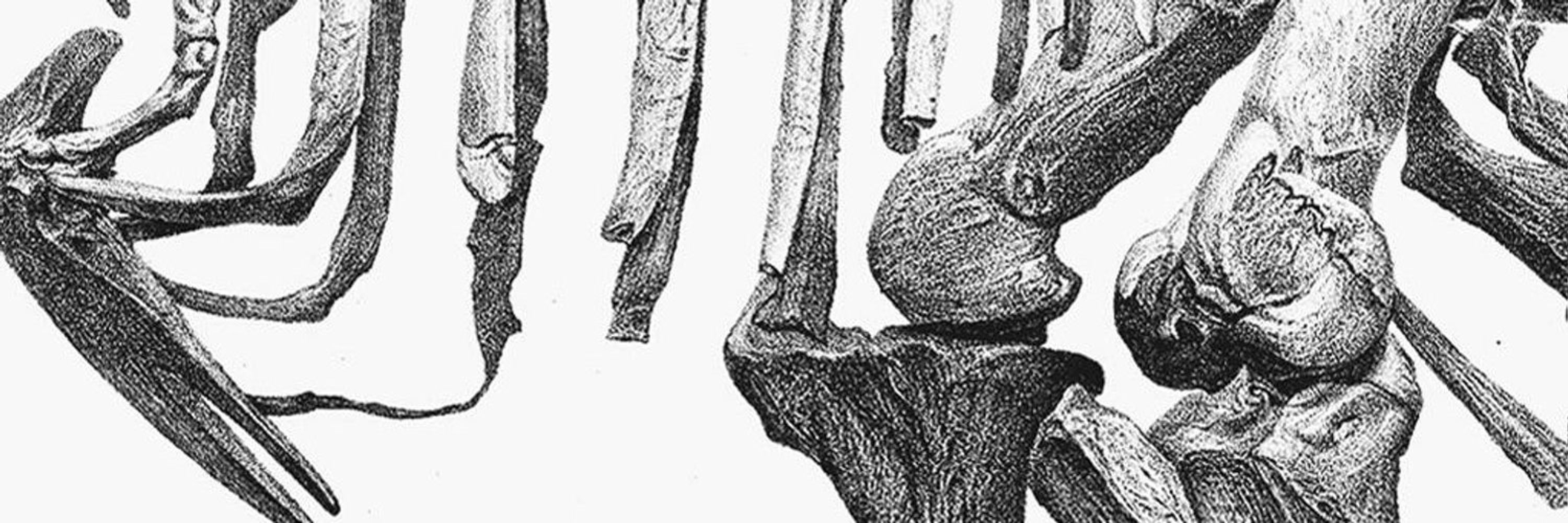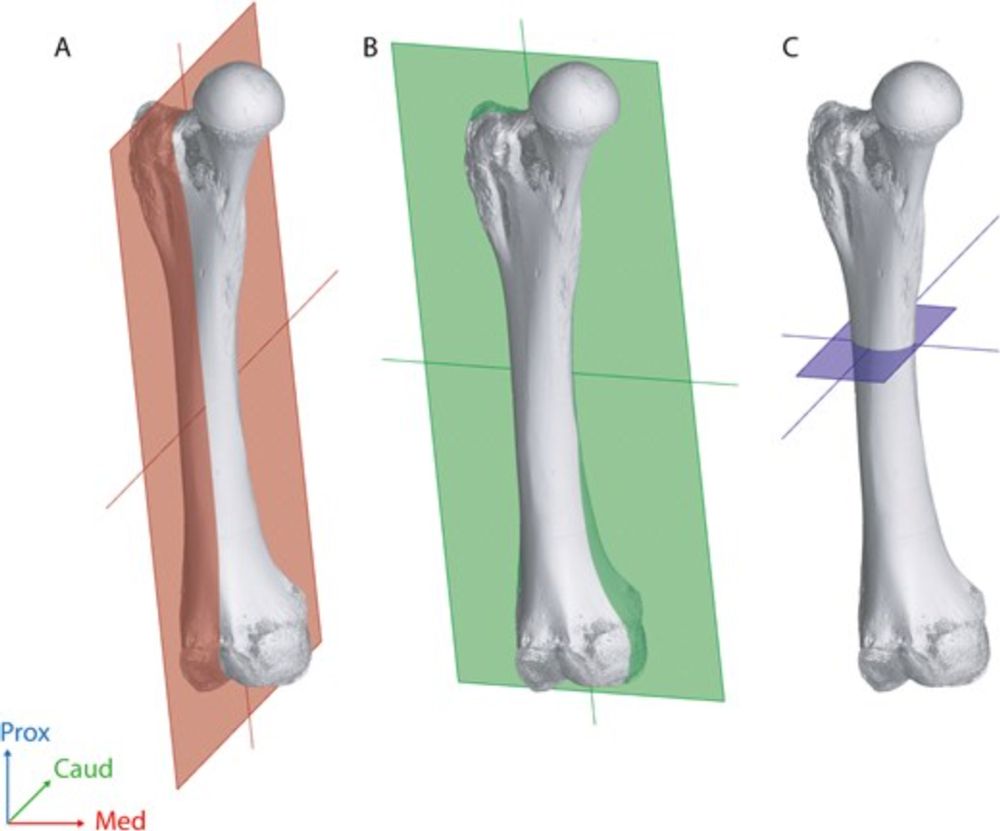

The event will take place in Budapest on October 2, 2025.
Registration and program flyer: hugeo.hu/en/form/nopc...

The event will take place in Budapest on October 2, 2025.
Registration and program flyer: hugeo.hu/en/form/nopc...
Chapter 3 of my PhD is out, a new paper diving into their bone microanatomy!
With Alexandra Houssaye @houssayecnrs.bsky.social and John R. Hutchinson @johnrhutchinson.bsky.social
academic.oup.com/zoolinnean/a...
Paper:
academic.oup.com/zoolinnean/a...
Tons of CT scan DICOM files:
figshare.com/articles/dat...

Chapter 3 of my PhD is out, a new paper diving into their bone microanatomy!
With Alexandra Houssaye @houssayecnrs.bsky.social and John R. Hutchinson @johnrhutchinson.bsky.social
academic.oup.com/zoolinnean/a...


"The global loss of avian functional and phylogenetic diversity from anthropogenic extinctions."
Read more
www.science.org/doi/10.1126/...

"The global loss of avian functional and phylogenetic diversity from anthropogenic extinctions."
Read more
www.science.org/doi/10.1126/...
Please add anyone I missed!
go.bsky.app/Gm5h3Ww
Please add anyone I missed!
go.bsky.app/Gm5h3Ww

